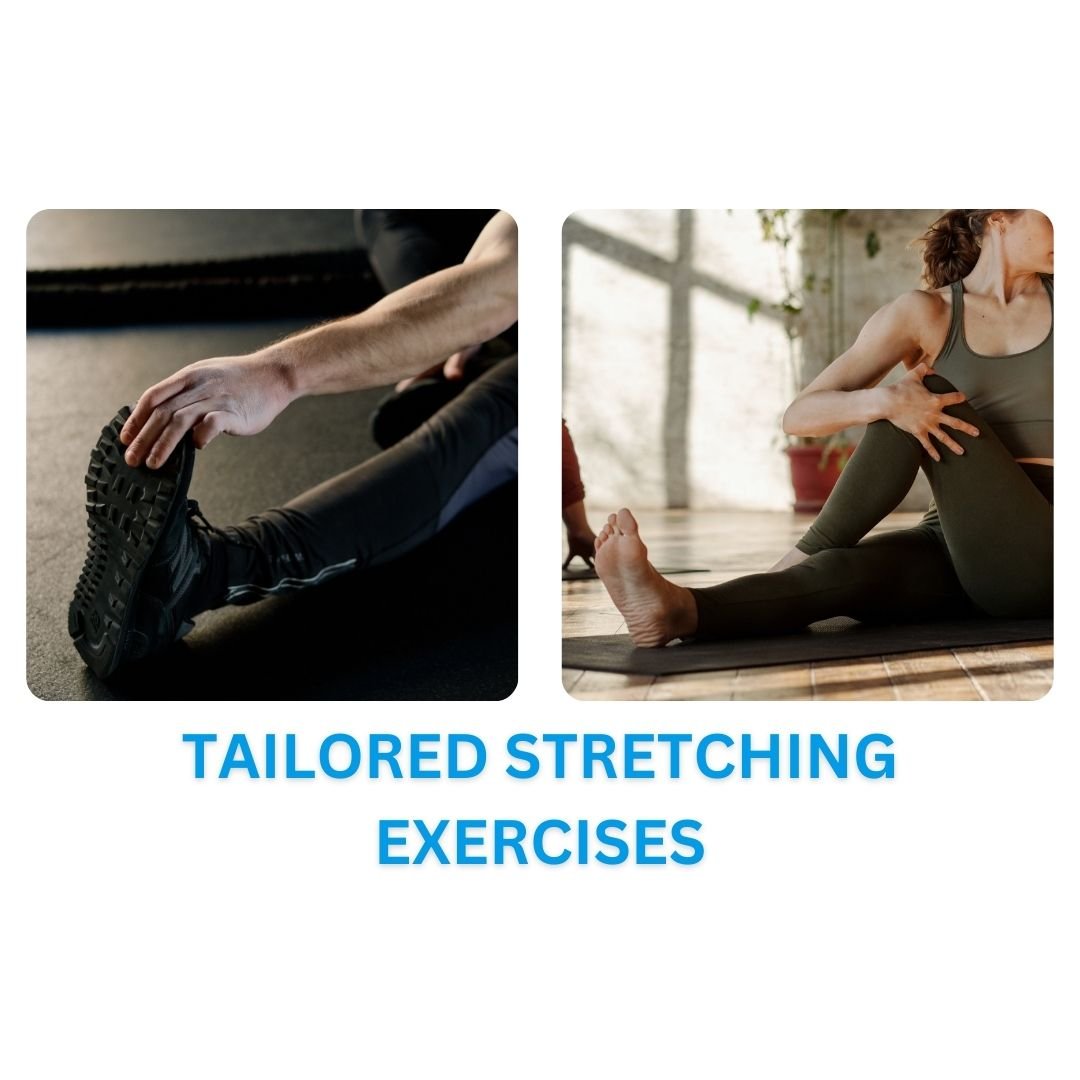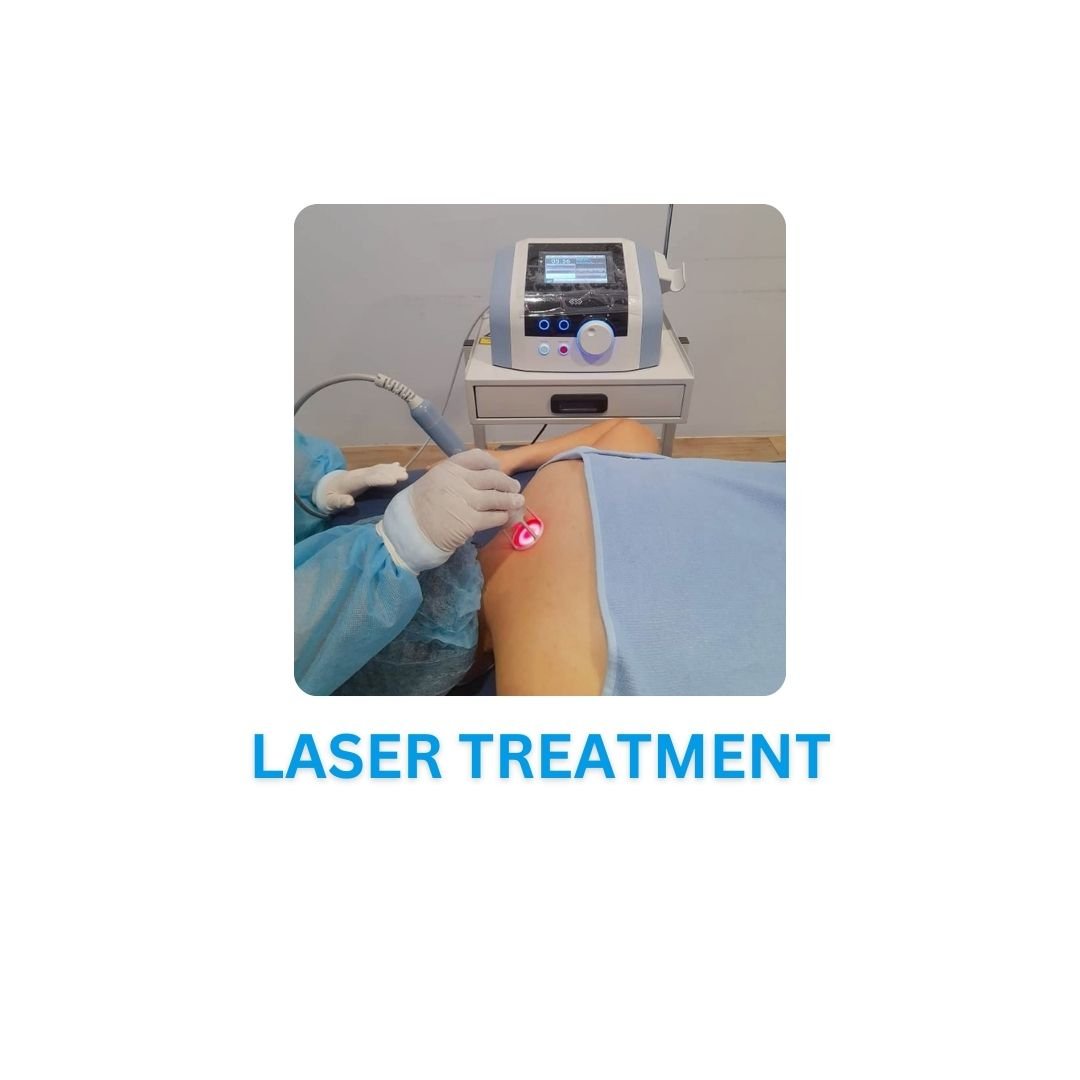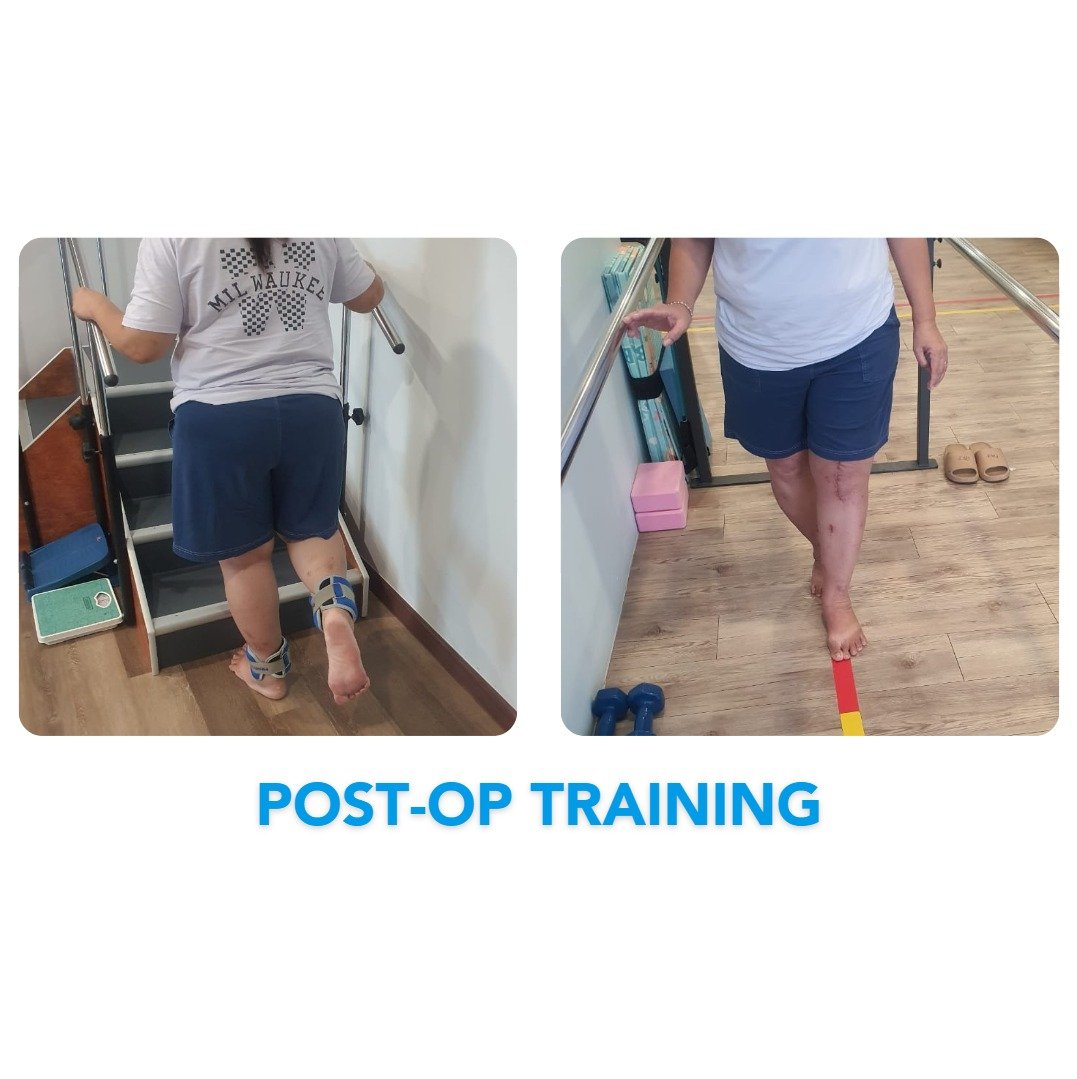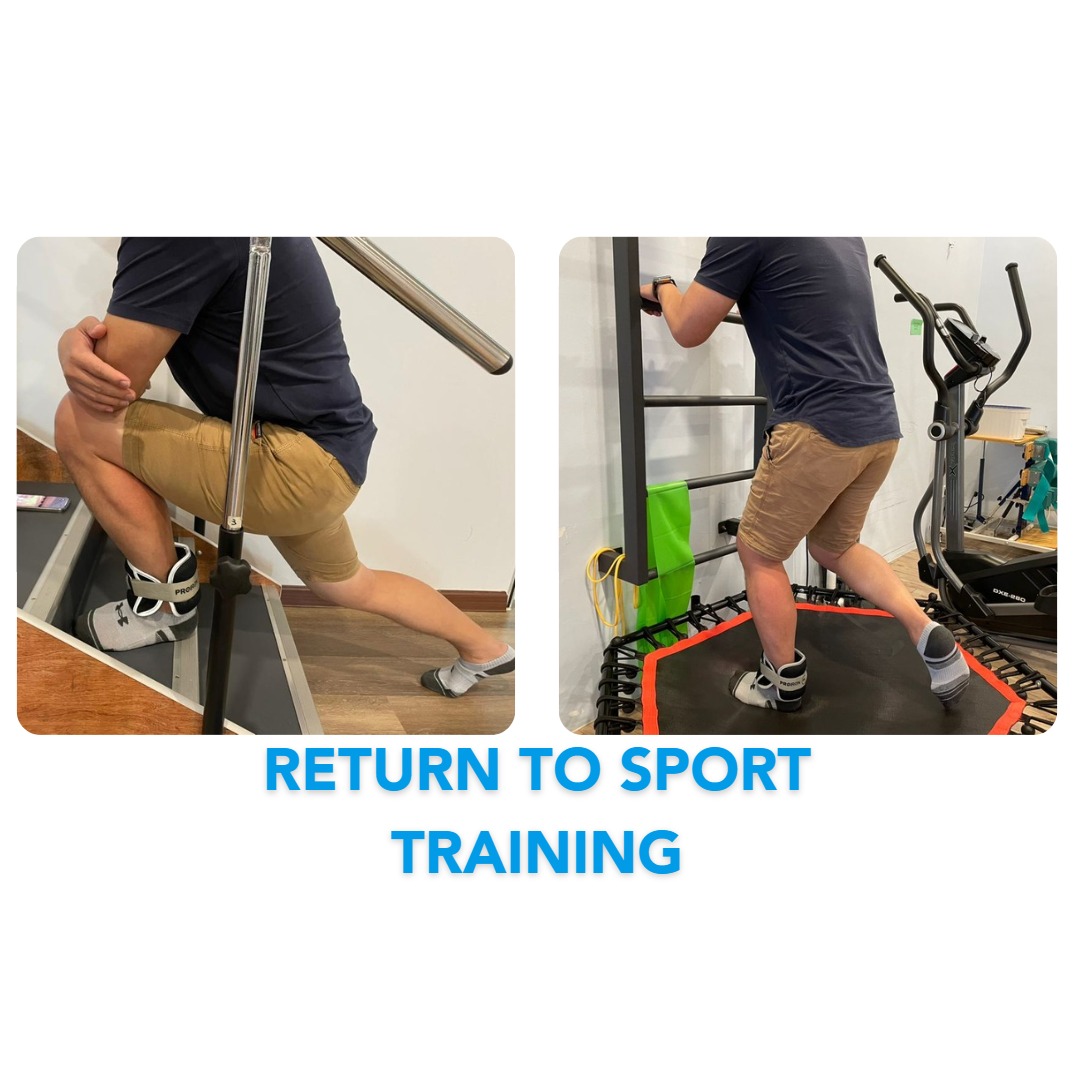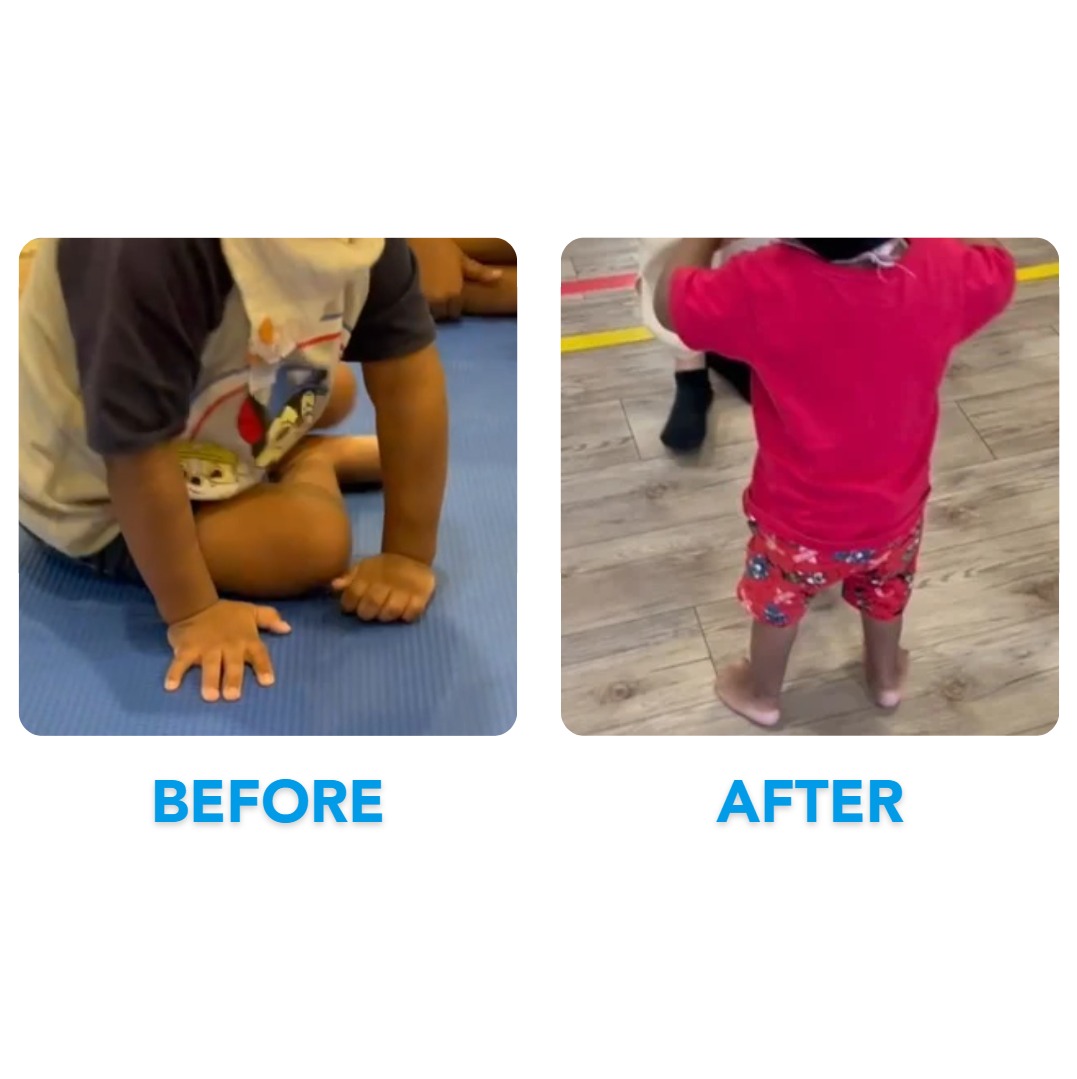Back Pain and Sciatica
● Madam M sought treatment for chronic back pain accompanied by symptoms of sciatica. She described experiencing sharp, shooting pain that radiated from her lower back down through her gluteal region and right leg. The pain often worsened with movement, making it challenging for her to perform daily activities. Additionally, she noted sensations of tingling and numbness along the right lower limb.
● Upon assessment, a comprehensive treatment plan was devised to address Madam M's back pain and sciatica. Initially, the focus was on relieving acute symptoms. This involved a combination of interventions such as lumbar traction, spinal manipulation, heat therapy, and targeted stretching exercises to alleviate muscle tension, reduce inflammation around the sciatic nerve, and provide pain relief.
● As Madam M progressed and her symptoms began to alleviate, emphasis shifted towards strengthening and stabilizing the affected area to prevent risk of recurrent episodes. A tailored exercise program incorporating core strengthening exercises was introduced to improve posture, enhance spinal support, and promote flexibility.
● Through consistent implementation of the comprehensive treatment plan, Madam M experienced significant improvement in her symptoms over time. The combination of targeted interventions effectively reduced her back pain and alleviated sciatic nerve compression, enabling her to resume normal activities with greater ease and comfort.
